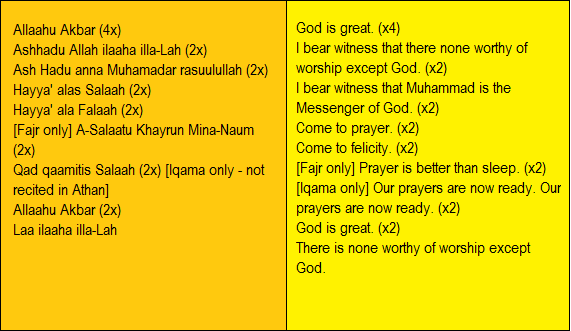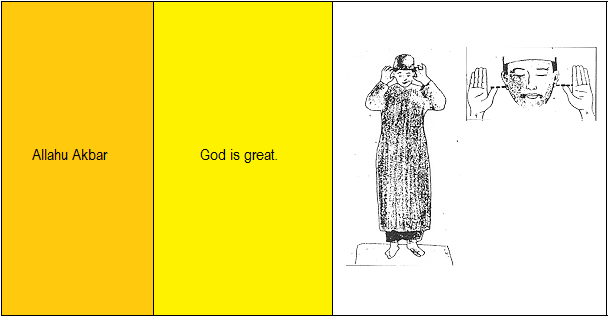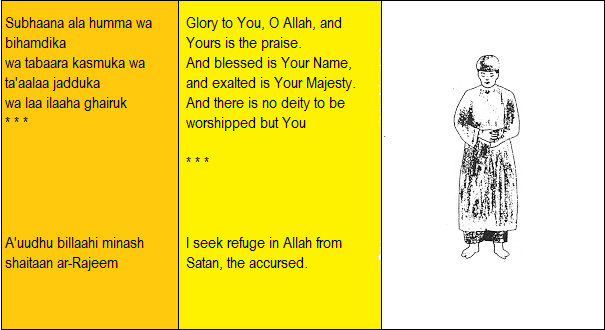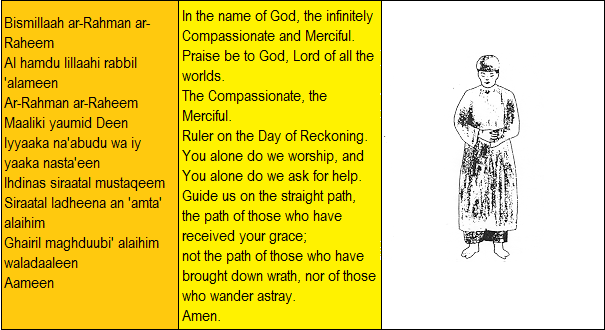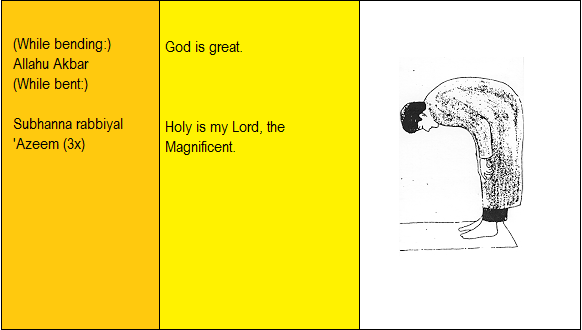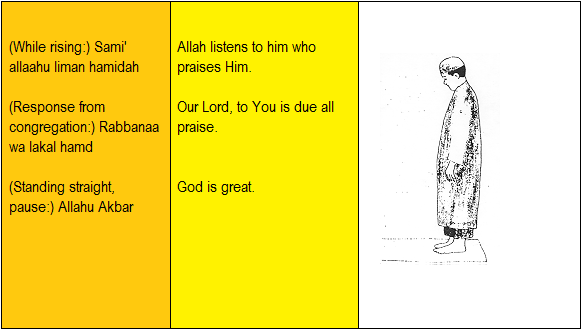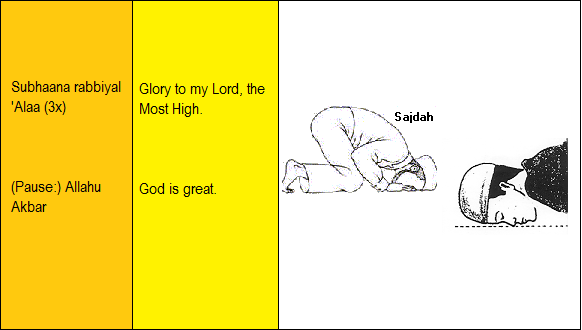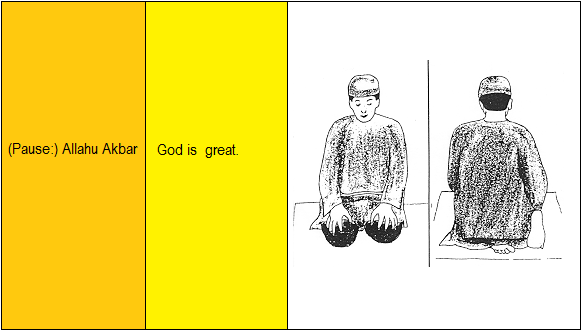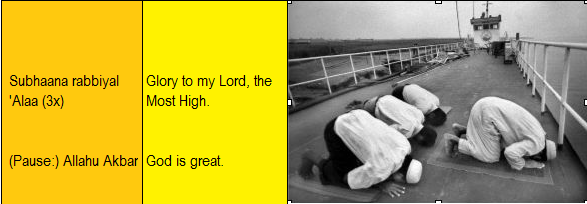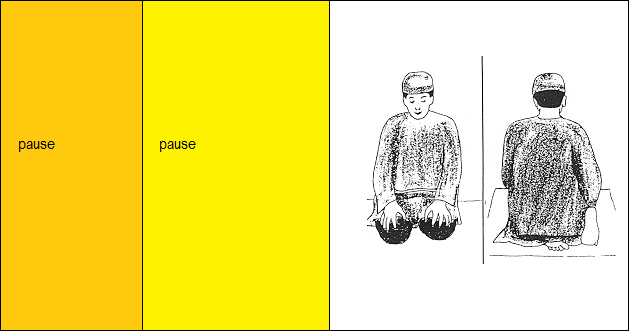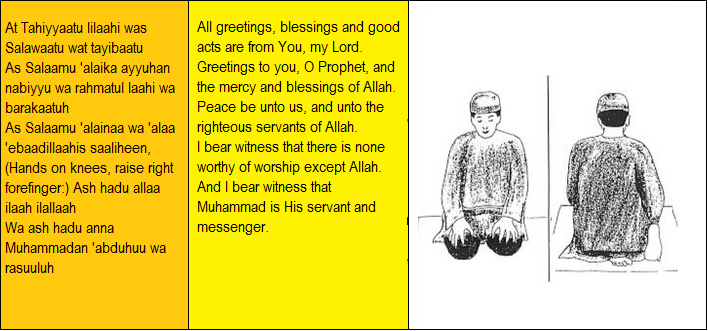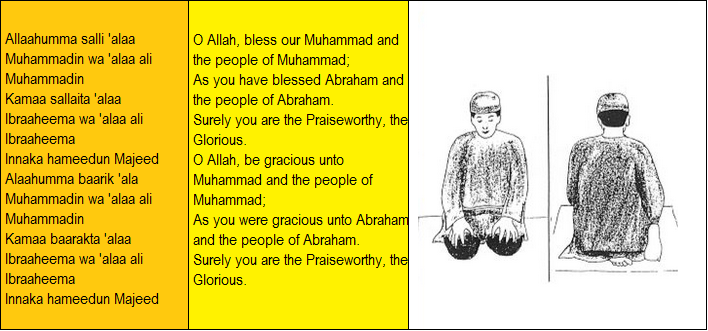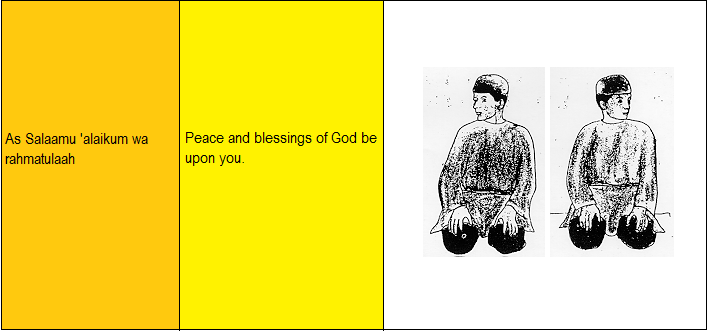Oggi mi sono chiesta precisamente cosa voglia dire ‘Om Shanti’, frase che sento spesso pronunciare dopo sessioni di yoga o di meditazione varie.

Mi sembra interessante riportare qui alcune informazioni che ho trovato, e approfittarne per fare una riflessione sulla meditazione e sulle sue tecniche.
Ciò che comunque mi balza all’occhio in maniera evidente è come tutte le vie spirituali e le religioni abbiano il proprio metodo di meditazione/preghiera a come in fondo tutte le pratiche ricerchino la stessa cosa: la comunione con l’Assoluto, la pace interiore, la liberazione dal dolore. A ciascuno, direi, spetta di trovare la via di meditazione o di preghiera più consona, sia per inclinazione personale che per interazione culturale (intendo che la scelta è dettata sia dal proprio modo di essere che dal contesto sociale in cui siamo immersi), ed è per questo che questo blog perlustra molte strade e molti sentieri, per farne emergere la profonda affinità, per crescere nel rispetto di tutte le vie, e per aiutarci a trovare la nostra via.
Om Shanti è un mantra di origine sanscrita. “Om” è la vibrazione sonora del Divino, la frequenza di base che diede origine e alimenta ogni cosa in questo universo. “Shanti” richiama il concetto di “pace”.
Meditazione di Om Shanti (testo tratto dal blog http://spiritualitaquotidiana.blogspot.it/2010/01/25-meditazione-con-om-shanti.html
La meditazione sull’Om Shanti è molto diffusa e raccomandata da numerosi maestri e insegnanti. Sappiate che ogni volta che la effettuate vi mettete in silenzioso collegamento con frequenze spirituali di luce e amore, vi collegate con altre anime e stimolate la crescita della vostra. La si può praticare anche occasionalmente in momenti di sconforto, tristezza e quando si ha bisogno di ricevere aiuto.
Un mantra è un simbolo sonoro che agisce sui corpi sottili, non dovete crederlo ma semplicemente sperimentarlo, concedendovi tempo e disciplina. Permettete a voi stessi di accoglierne gli effetti… e ricordate che solo le modificazioni che accadono al nostro interno possono veramente cambiare la nostra realtà.
Om Shanti porta luce e pace nel cuore di chi pronuncia questo mantra.
Dopo aver assunto una posizione comoda, con la schiena eretta e gli occhi chiusi, respirate per qualche minuto per prendere contatto con il momento presente, e concentrarvi. Poi cominciate a intonare dentro di voi (quindi mentalmente) “Om Shanti”, cercando di farlo risuonare all’altezza del centro del petto. Il ritmo che si viene a creare deve essere spontaneo, delicato.
Si immagini un “gong” che ci dà il tempo e ad ogni colpo si pronunci mentalmente Om Shanti…. quindi ancora Om Shanti… e così via. Seguire il fluire del respiro non è obbligatorio, anzi bisognerebbe cercare di lasciare il ritmo del mantra più libero possibile, tuttavia può essere di aiuto soprattutto all’inizio della pratica, per radicarla in noi.
Questa pratica si può fare inizialmente per 5-10 minuti al giorno, e in seguito fino ad un massimo di 20 minuti. Non la si esegua per nessun motivo per un tempo superiore. La mente va mantenuta vigile e presente; se subentrano pensieri che disturbano o creano distrazione, semplicemente riportare l’attenzione a quello che si sta facendo, senza lasciarsi scoraggiare dal numero delle interruzioni. In questo modo ci si allena a governare il nostro campo mentale ed emotivo… per scoprire infine che noi non siamo né i nostri pensieri né le nostre emozioni… ma siamo molto di più.
—-
In questo sito buddhista ho trovato una buona descrizione di tecniche di meditazione http://santacittarama.altervista.org/meditazione.htm. che vi invito a consultare. Qui di seguito ho estrapolato alcune frasi, sulla meditazione come ‘cura’ per l’insoddisfazione, che mi sembra interessante evidenziare, eccole qui:
Esplorando le vostre intenzioni e i vostri atteggiamenti nella quiete della meditazione, potete investigare il rapporto tra desiderio e insoddisfazione. Vedete le cause della scontentezza: volere ciò che non avete; respingere ciò che non vi piace; non essere in grado di conservare ciò che volete. Questo è particolarmente oppressivo quando siete voi stessi l’oggetto della scontentezza e del desiderio. Non è facile per nessuno essere in pace con la propria personale debolezza, specialmente quando nella società viene tanto enfatizzato lo stare bene, il farsi avanti e ottenere il meglio. Di fatto aspettative di questo tipo rendono difficile accettarci per quelli che siamo.
Tuttavia, con la pratica della Meditazione scoprite uno spazio che vi consente di prendere una certa distanza da ciò che pensate di essere, da ciò che pensate di avere. Contemplando queste percezioni diviene più chiaro che non possedete nessuna cosa in quanto ‘me’ o ‘mio’; ci sono semplicemente esperienze, che vanno e vengono nella mente. Così se, per esempio, esplorate un’abitudine che vi irrita anziché deprimervi a causa sua, non la rinforzate ed essa se ne va. Può ripresentarsi, ma questa volta è più debole e voi sapete cosa fare. Coltivando una quieta attenzione i contenuti mentali perdono forza e può accadere che svaniscano, lasciando la mente chiara e fresca. E’ così che la visione profonda procede sul suo cammino.


